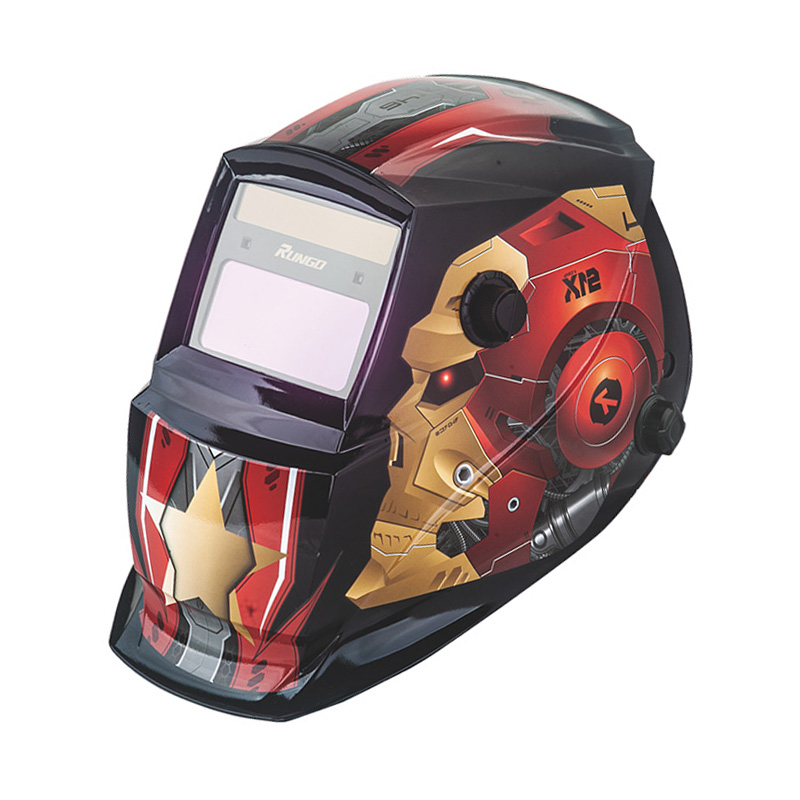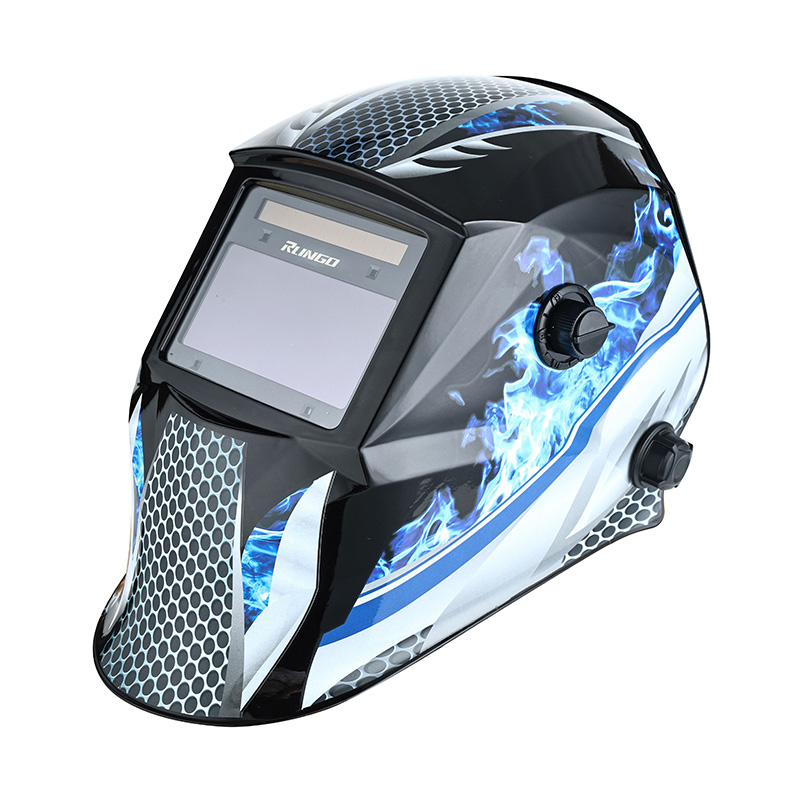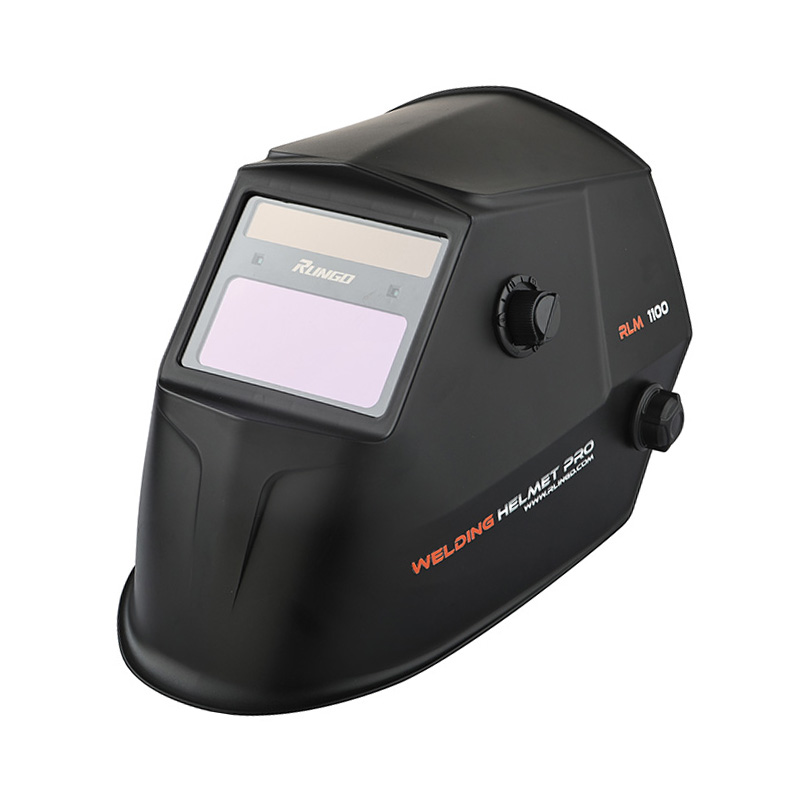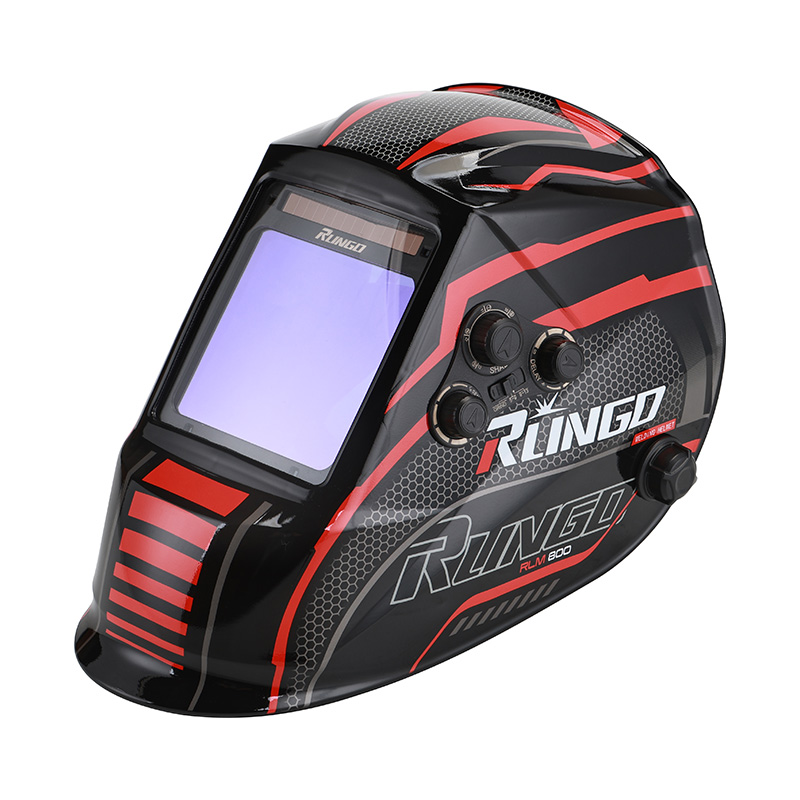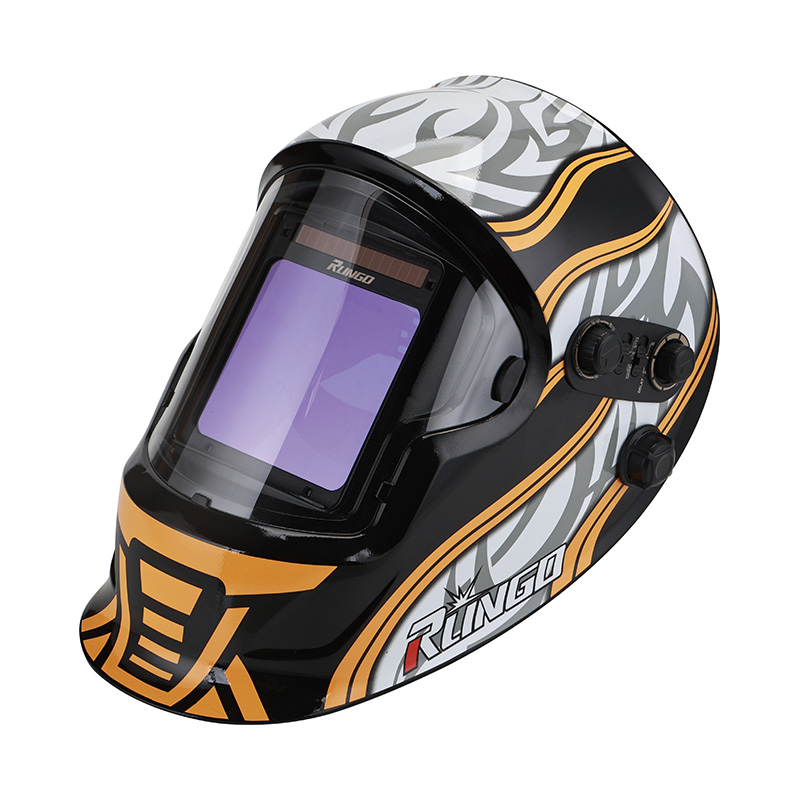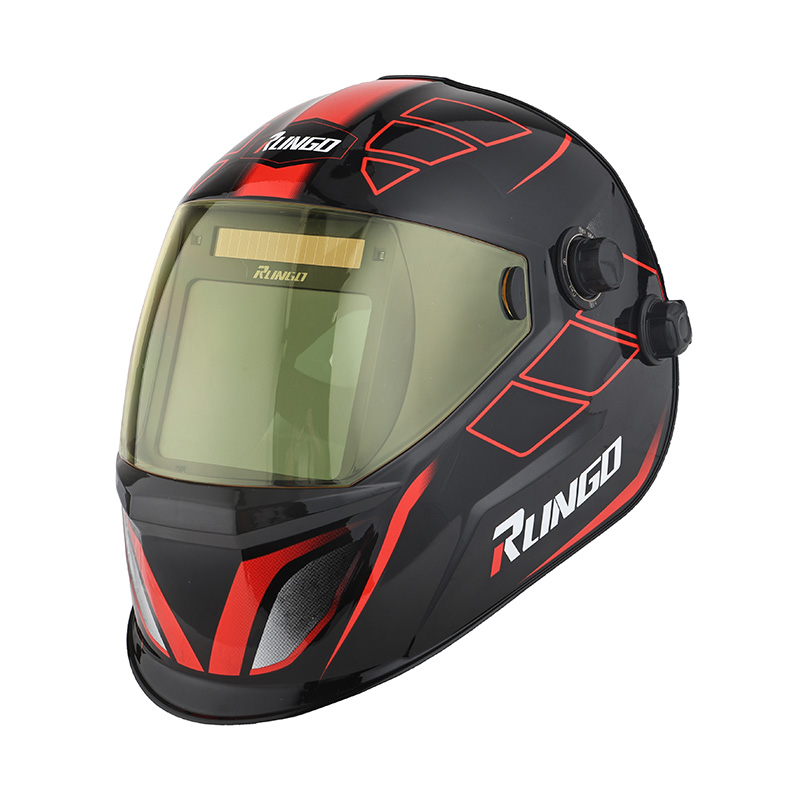Stability Performance of the Auto Flash Welding Helmet in Variable Lighting
2025-10-24
Importance of Light Stability
The Auto Flash Welding Helmet is designed to protect welders from harmful UV and IR radiation while ensuring clear visibility during welding. A critical factor for helmet performance is its ability to maintain stable auto-darkening under varying lighting conditions. Both extremely bright and low-light environments can affect visibility and eye protection, making stability an essential feature for professional welding applications.
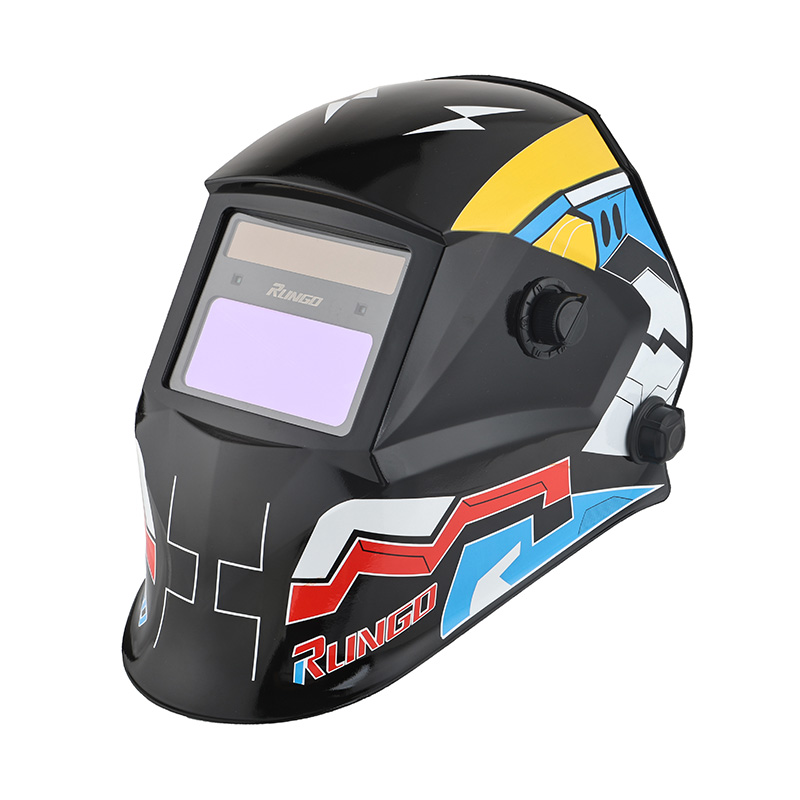
Challenges of Strong Light Environments
- Arc Intensity: In high-intensity welding arcs, the helmet must respond quickly to sudden light spikes to prevent eye strain or damage.
- Lens Saturation: Excessively bright light can sometimes cause temporary lens saturation, affecting the auto-darkening response.
- Consistent Protection: Helmets with high-quality sensors and fast reaction times maintain stable protection without flicker or delay.
Low-Light Environment Considerations
- Sensor Sensitivity: In dimly lit areas, the auto-darkening sensors must still detect welding arcs accurately to ensure the lens transitions correctly.
- Visibility Maintenance: Proper lens calibration prevents the helmet from staying too dark or too light, allowing welders to see their workspace clearly.
- Reduced Eye Fatigue: Stable performance in low light reduces the risk of eye strain caused by constantly adjusting focus or lens transitions.
Features Supporting Stability
- High-Quality Sensors: Multiple arc-sensing elements detect welding light reliably in both bright and low-light conditions.
- Variable Shade Control: Adjustable shade levels allow the welder to fine-tune the helmet for specific welding conditions, enhancing stability across different lighting scenarios.
- Fast Response Time: Advanced auto-darkening lenses switch from light to dark in milliseconds, maintaining consistent protection and reducing visual disruption.
- Memory Function: Some helmets remember preferred settings for various welding tasks, ensuring consistent performance without manual readjustment each time.
Benefits of Stable Performance
- Enhanced Safety: Consistent auto-darkening ensures the welder’s eyes are always protected, regardless of sudden changes in arc brightness.
- Improved Precision: Stable lens performance allows welders to see the workpiece clearly, improving weld accuracy and quality.
- Comfort and Efficiency: A helmet that adapts well to lighting fluctuations reduces the need for constant adjustments, allowing longer, more efficient work sessions.
Factors Affecting Stability
- Ambient Lighting: Extremely bright workshop lights or reflections can occasionally interfere with auto-darkening sensors, making proper calibration essential.
- Maintenance: Dirt, dust, or spatter on sensors or lens surfaces can affect the helmet’s responsiveness. Regular cleaning is necessary to maintain stable performance.
- Battery or Power Source: Helmets relying on solar-assisted or battery-powered lenses must have adequate energy to maintain consistent auto-darkening functionality.
Practices for Stability
- Correct Shade Selection: Choose shade levels suitable for the welding process and ambient lighting conditions.
- Routine Cleaning: Keep sensors and lens surfaces free of debris to prevent false triggering or delayed darkening.
- Proper Storage: Avoid exposing the helmet to extreme temperatures or direct sunlight when not in use to maintain sensor integrity.
- Regular Inspection: Check for worn components, battery status, or damaged sensors to ensure continuous stable performance.
Maintaining Reliable Performance in All Conditions
The Auto Flash Welding Helmet provides essential eye and face protection, and its stability under varying light conditions is critical for safety and productivity. High-quality sensors, variable shade control, fast response times, and proper maintenance all contribute to consistent performance in both strong and low-light environments. By following recommended usage and maintenance practices, welders can rely on their helmets to maintain suitable protection, comfort, and precision during diverse welding tasks.

